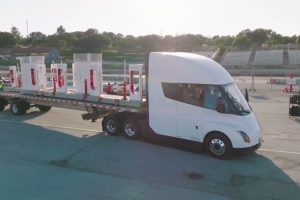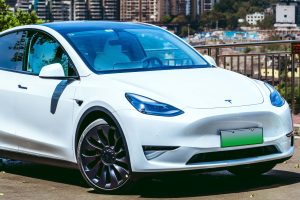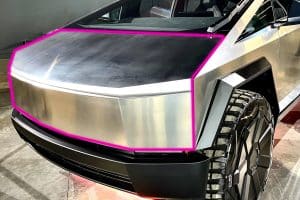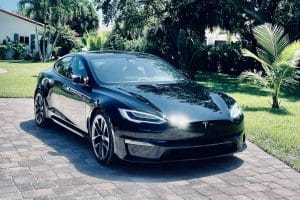Key Points
- ⚡ Tesla has introduced “Congestion Fees” at its Superchargers in the U.S. to discourage excessive charging at busy stations.
- 🚗 The fees apply when a Supercharger location is busy, the vehicle’s battery is already at or above a certain level, and the location has congestion fees.
- 💵 Owners will be charged $1 for every minute their vehicle charges past 90% state of charge in specific U.S. Supercharger locations.
- 🌐 The fee aims to encourage drivers to charge only as much as needed for their trip, improving Supercharger availability for all users.
- 🕒 If all conditions are met, owners have a five-minute window to disconnect their vehicle before congestion fees start accumulating.
- 🔄 Tesla previously used “Idle Fees” to manage charging stall occupancy, but the new Congestion Fees target a higher state of charge to optimize station usage.
- 📈 With more automakers accessing Tesla’s Supercharger Network, managing congestion becomes crucial for maintaining efficient charging infrastructure.
Tesla has launched “Congestion Fees” at Superchargers in the United States.
Tesla will now charge EV owners a fee when a Supercharger is busy, and the owner’s EV battery is above a certain level. This will keep cars moving and will not allow vehicles to stay in a stall if other cars are waiting.
They were first spotted by Tesla hacker green last month:
Tesla will charge $1 for every minute a vehicle charges past the 90 percent state of charge at certain Supercharger locations in the United States, it said:
“This fee encourages drivers to charge only as much as is needed for their trip, rather than all the way to 100%. This increases the availability of Superchargers so that everyone has access when they need it.”
Tesla has the most robust charging infrastructure in the world, but with more automakers joining the NACS “coalition” and gaining access to the company’s Supercharger Network, congestion is going to be an issue.
There are three terms for a Supercharger applying congestion fees:
- The Supercharger location has congestion fees
- The Supercharger is busy
- Your vehicle’s battery is already at or above the congestion fee level
The terms of the congestion fee state that if all of the terms are met, owners will have five minutes to disconnect their vehicle before congestion fees begin to accumulate.
Tesla has used “Idle Fees” in the past to keep cars from staying charged when they have already reached the charge threshold. These fees helped vehicles move from charging stalls so that others could charge, but they only applied when a Supercharger Station was at 50 percent capacity or more.
In the United States, Idle fees were priced at $.50 per minute, or $1.00 per minute, when a station was at 100 percent occupancy.





